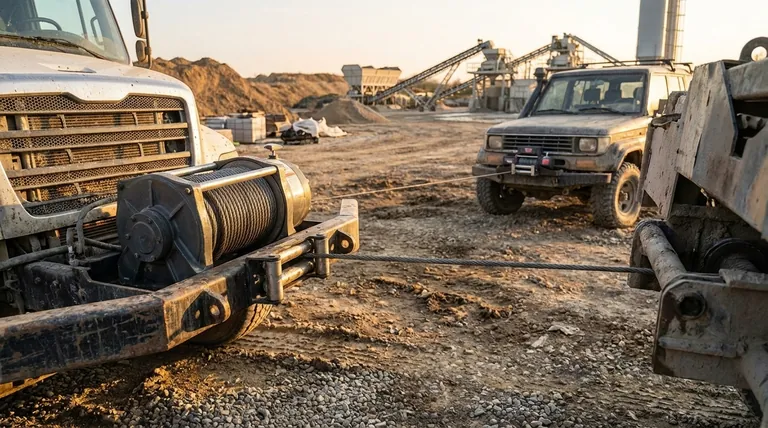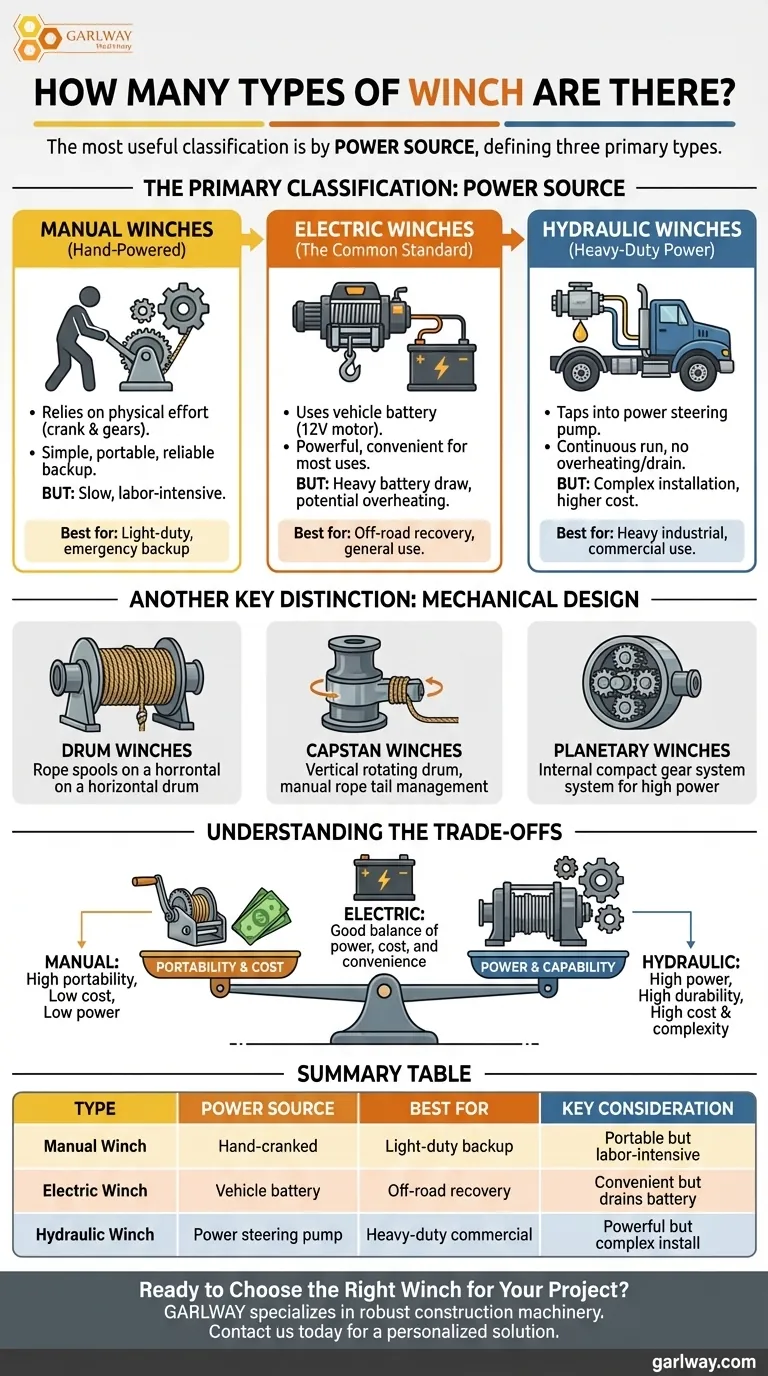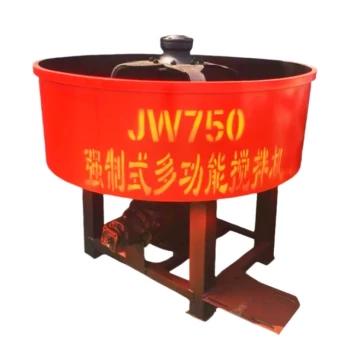The most useful way to classify winches is by their power source, which results in three primary types. These are manual, electric, and hydraulic winches, with electric models being the most common for consumer applications like off-roading.
While winches can be categorized by mechanical design or mounting style, the fundamental difference always comes back to the power source. Understanding whether you need manual, electric, or hydraulic power is the first and most critical step in choosing the right tool.

The Primary Classification: Power Source
The method a winch uses to generate pulling force is its most important characteristic. This determines its strength, speed, and ideal application.
Manual Winches (Hand-Powered)
Manual winches rely entirely on physical effort, typically by cranking a handle. They use a system of gears to multiply the user's force into a significant pulling capacity.
They are simple, portable, and require no external power source, making them a reliable backup. However, they are also slow and labor-intensive.
Electric Winches (The Common Standard)
This is the most popular type of winch, especially for vehicle recovery. Electric winches connect to a vehicle's 12-volt battery and use an electric motor to turn the winch drum.
They offer a powerful and convenient solution for most situations. Their main limitations are the heavy draw on the vehicle's battery and the potential to overheat during prolonged use.
Hydraulic Winches (Heavy-Duty Power)
Hydraulic winches tap into a vehicle's power steering pump for power. This allows them to run continuously without overheating or draining the battery, as long as the vehicle's engine is running.
These are the preferred choice for heavy industrial or commercial applications due to their exceptional durability and duty cycle. Their main drawbacks are a more complex installation process and generally higher cost.
Another Key Distinction: Mechanical Design
Beyond the power source, winches can also be categorized by their internal mechanics and configuration, which affects how they operate.
Drum Winches
This is the most recognizable design, where the wire or synthetic rope spools onto a horizontal drum. They are straightforward and effective for most recovery and pulling tasks.
Capstan Winches
Instead of storing the rope, a capstan winch uses a vertical, rotating drum (the capstan) to create friction. The user must manually manage the rope tail, but this design allows for continuous pulling over unlimited distances.
Planetary Winches
This refers to the gear system used inside many modern electric and hydraulic winches. A planetary gear set is compact, efficient, and allows for high gear reductions, providing significant pulling power in a small package.
Understanding the Trade-offs
Choosing a winch involves balancing power, cost, and complexity. No single type is perfect for every task.
Power vs. Portability
Manual winches offer the ultimate portability but have the lowest power output. Electric and hydraulic winches are typically vehicle-mounted and offer immense power at the cost of being a permanent installation.
Cost vs. Capability
There is a direct relationship between cost and performance. Manual winches are the most affordable. Electric winches occupy the middle ground, offering a wide range of options. Hydraulic winches are the most expensive but provide the greatest power and durability.
Installation Complexity
A simple hand winch requires no installation. An electric winch requires moderate wiring knowledge to connect it safely to the vehicle's battery. A hydraulic winch is the most complex, requiring a professional to tap into the vehicle's power steering system.
Making the Right Choice for Your Needs
Your primary goal will determine the ideal winch type for you.
- If your primary focus is occasional, light-duty pulling or an emergency backup: A manual winch offers a simple, cost-effective, and reliable solution.
- If your primary focus is off-road recovery and general vehicle use: An electric winch provides the best overall balance of power, convenience, and affordability.
- If your primary focus is commercial or continuous heavy-duty work: A hydraulic winch is the most durable and powerful choice for demanding applications.
Ultimately, selecting the right winch means matching its power source and design to the demands of your specific task.
Summary Table:
| Type | Power Source | Best For | Key Consideration |
|---|---|---|---|
| Manual Winch | Hand-cranked | Light-duty, emergency backup | Portable but labor-intensive |
| Electric Winch | Vehicle battery | Off-road recovery, general use | Convenient but can drain battery |
| Hydraulic Winch | Power steering pump | Heavy-duty, commercial use | Powerful but complex installation |
Ready to Choose the Right Winch for Your Project?
GARLWAY specializes in providing robust construction machinery, including a full range of winches, concrete mixers, and batching plants tailored for construction companies and contractors worldwide. Whether you need a reliable electric winch for off-road recovery or a heavy-duty hydraulic model for industrial use, our experts can help you select the perfect equipment to enhance efficiency and safety on your job site.
Contact us today to discuss your requirements and get a personalized solution: Get in Touch
Visual Guide

Related Products
- Ready Mixer Machine for Construction Ready Mix Machinery
- Commercial Construction Mixer Machine for Soil Cement Mixing Concrete
- Small Electric Winch 120V and 240V for Compact Applications
- Electric and Hydraulic Winch for Heavy Duty Applications
- 12000 lb Heavy Duty Electric Boat Winch
People Also Ask
- What should be considered regarding the output of a concrete mixer? Match Capacity to Your Project Scale
- What was significant about Roscoe Lee's 1934 concrete mixer design? Pioneering Modular Construction Equipment
- Can a concrete mixer be used for mortar? Understanding the trade-offs for your project
- Why is cleaning a concrete mixer after use important? Avoid Costly Repairs and Ensure Quality
- Which type of projects require a concrete mixer? Essential Guide for Construction Pros



















